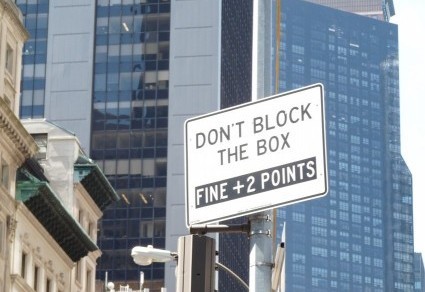I don’t usually bother with spelling mistakes, but when they appear on expensively produced ads, it seems to me that someone should have proofread before printing. Or before handing the finished product over to the customer. Or, at the very least, before hanging the sign on a store window, truck, or sandwich board.
Whether to double a letter or not seems to attract (atract?) errors like iron filings to a magnet (fillings to a magnett?):

Does this shop offer feline treats (mice, catnip, permission to snooze on a sofa that’s usually off-limits)? Or does the store host gossip fests, where guests can be as catty as they please?
Maybe the shop that does “cattering” should lend one of its Ts to this food cart:

I leave aside the issue of eating lunch at 10 AM or 4 PM, given that New York is the city that never sleeps and meals roam around the clock dial like sleepwalkers in a kitchen. Nor will I focus on the random capital letters, though I can’t help wondering whether lunch Time is supposed to reflect the eternal nature and importance of Time or whether the expression refers to a magazine. Instead I’ll confine myself to the meaning of the first line. Is the food cart offering to have the employee in charge of placing rice on the plate accompany you while you eat? And is Free Can Soda a call to action? I do like that sm matches content to form. The abbreviation sm is indeed small.
I don’t want you to think that whether to double the letter T is the only problem out there. S comes with stress in these signs:


Had I a marker and not an aversion to graffiti, I’d remove the extra S from “tresspassing” in the second sign and add it to kind in the first. While wondering whether the second sign banned a hair-exchange app, I’d also delete the extra f from proffessional or get rid of the word entirely. I mean, who else works in a tailor shop? Amateurs? Hobbyists? Not for those prices they don’t.
Now if only these stores would shell out a little cash for some proffessionnall prooffrreadding.























